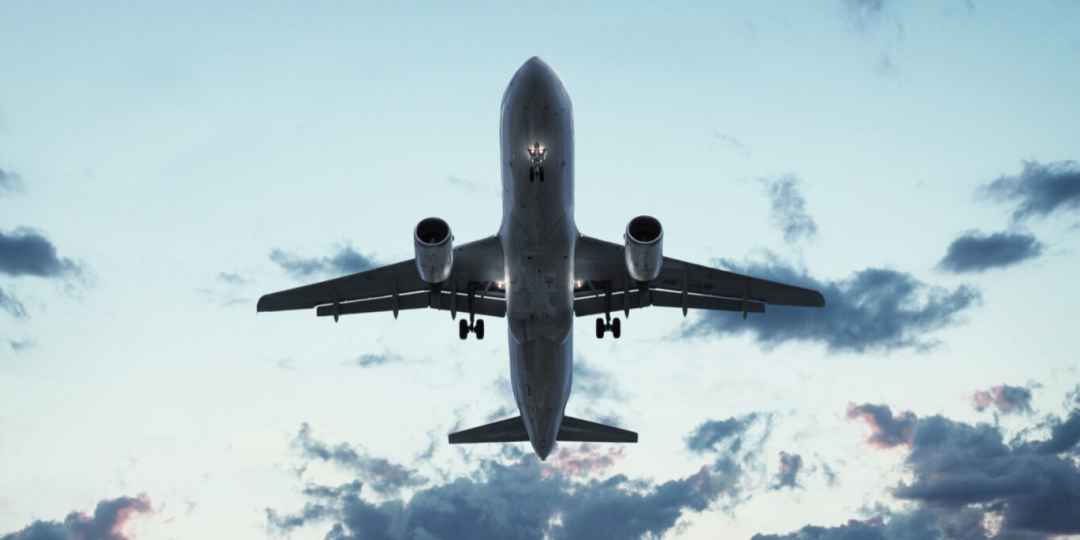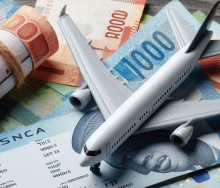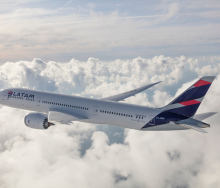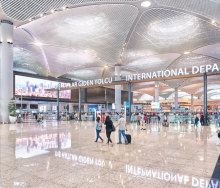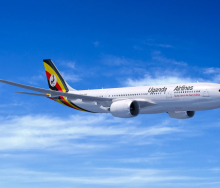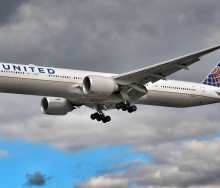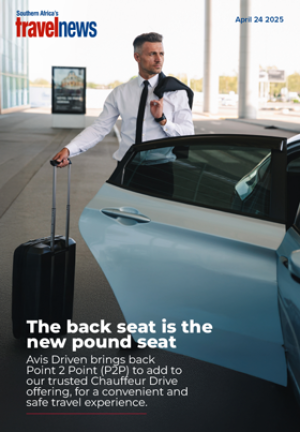After reporting that the Hamas-Israel conflict has decreased global bookings by five percentage points, new data shows how travel times and costs are also being impacted due to global tensions.
According to forbes.com, much of Europe’s airspace was deemed a no-fly zone during the Northern hemisphere’s summer for several reasons. Factors such as the Russia-Ukraine war, extreme weather, and dramatically increased air traffic volumes have only added to this challenge and seen nearly a fifth of Europe’s airspace impassable. It has meant that many flights have had to be rerouted through other parts of the world, increasing travel times – and bottom lines – with every hour of additional flight time costing airlines around US$7 000 (R129 000).
“The British Airways flight that runs from London to Shanghai, for instance, is currently operating on a schedule that is two hours longer than the same route operated by China Eastern that flies over Russian airspace,” writes Alex Ledsom, a Senior Contributor to forbes.com. These shifts, she says, come at a time when airlines are particularly stretched by the lack of corporate travel, which hasn’t recovered to pre-pandemic levels.
“This is where airlines make about 80% of their money, so if businesses aren’t paying for travel, routes become uneconomical.”
Although the situation appears quite stark, Ledsom is optimistic and believes that, in time, the situation will improve.
“It’s all just a game of careful calibration; of rerouting planes to places that are in demand and not just to what the industry calls leisure or VFR (visiting friends and relatives) routes.”

